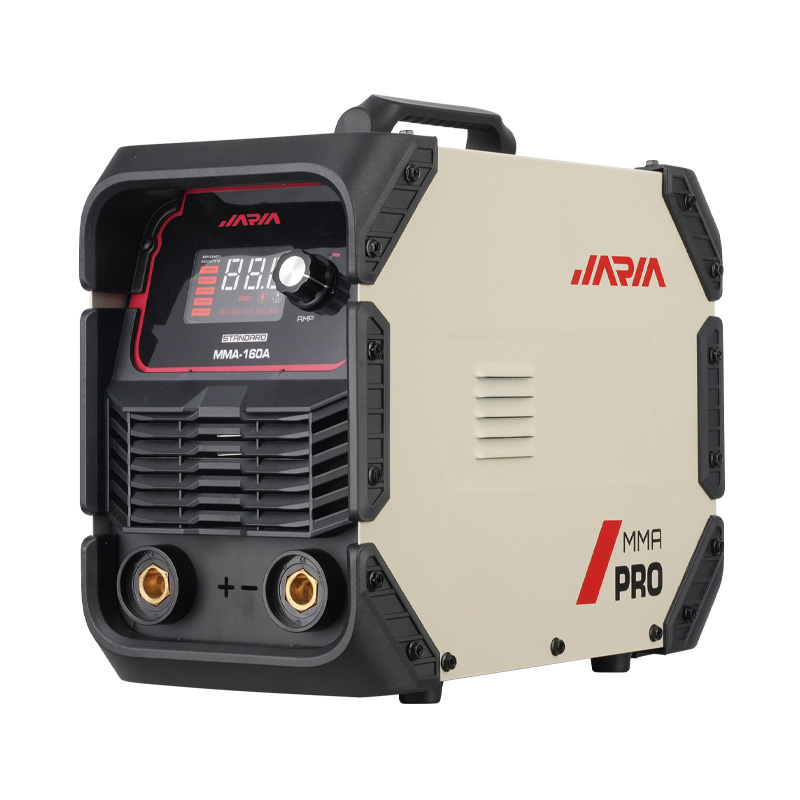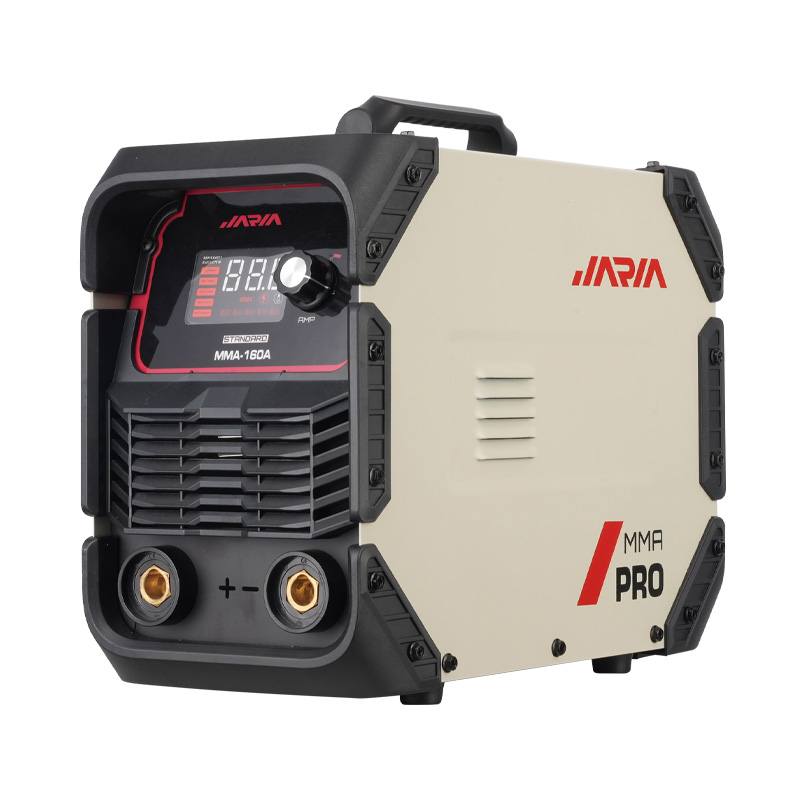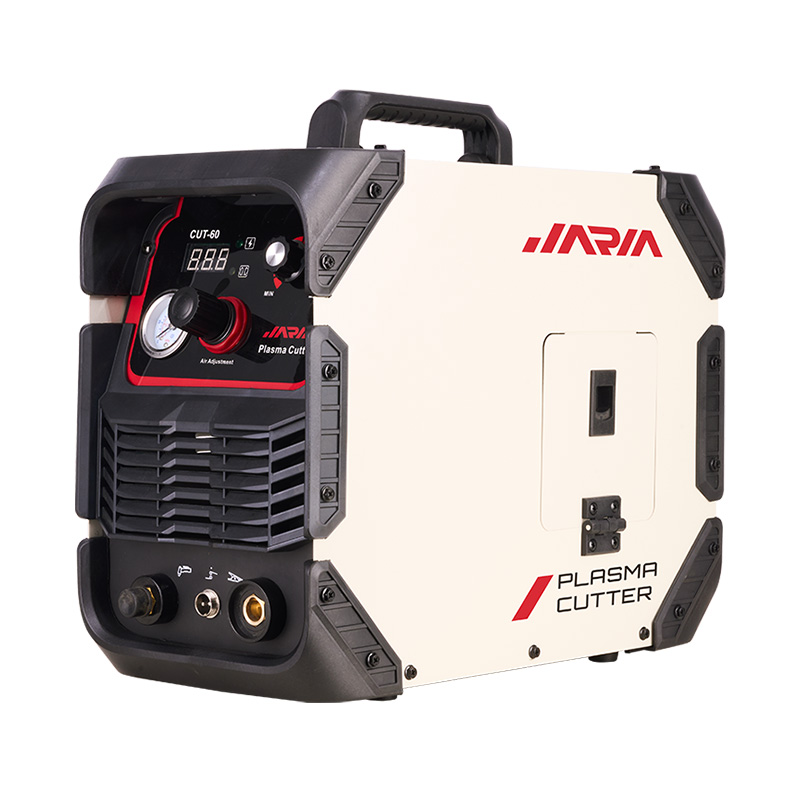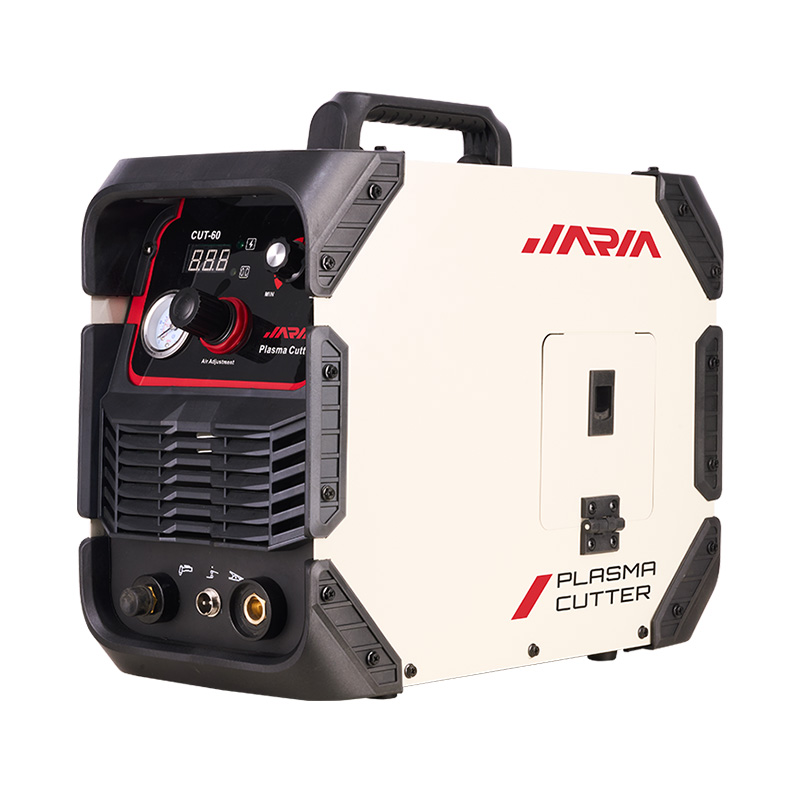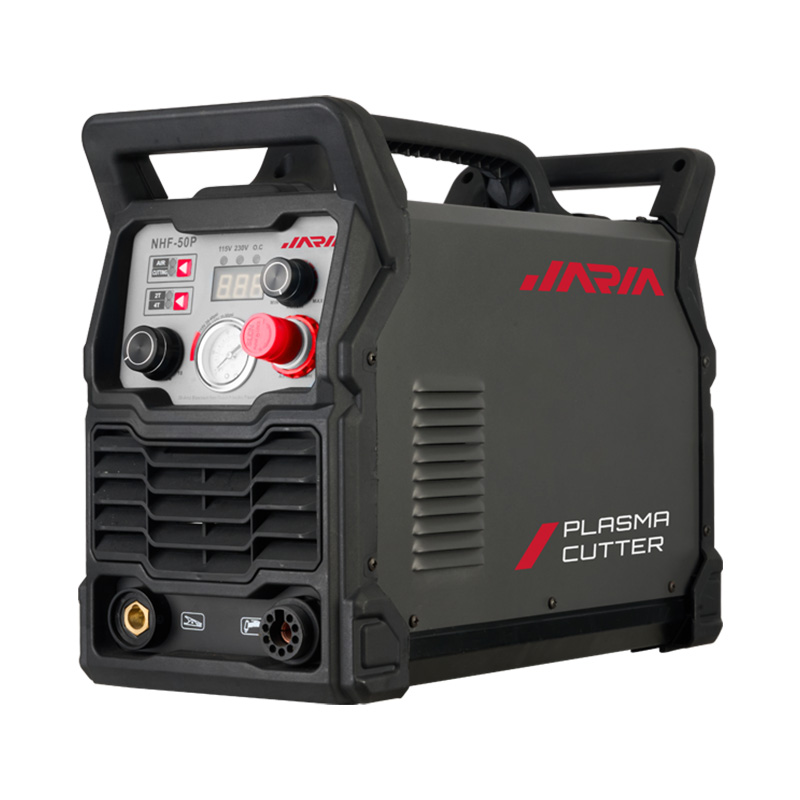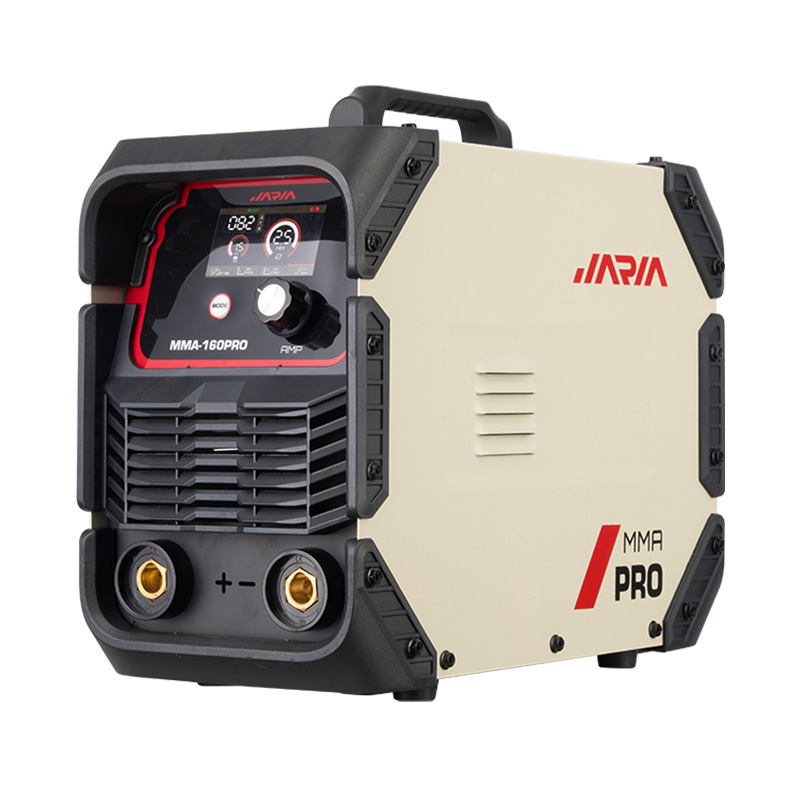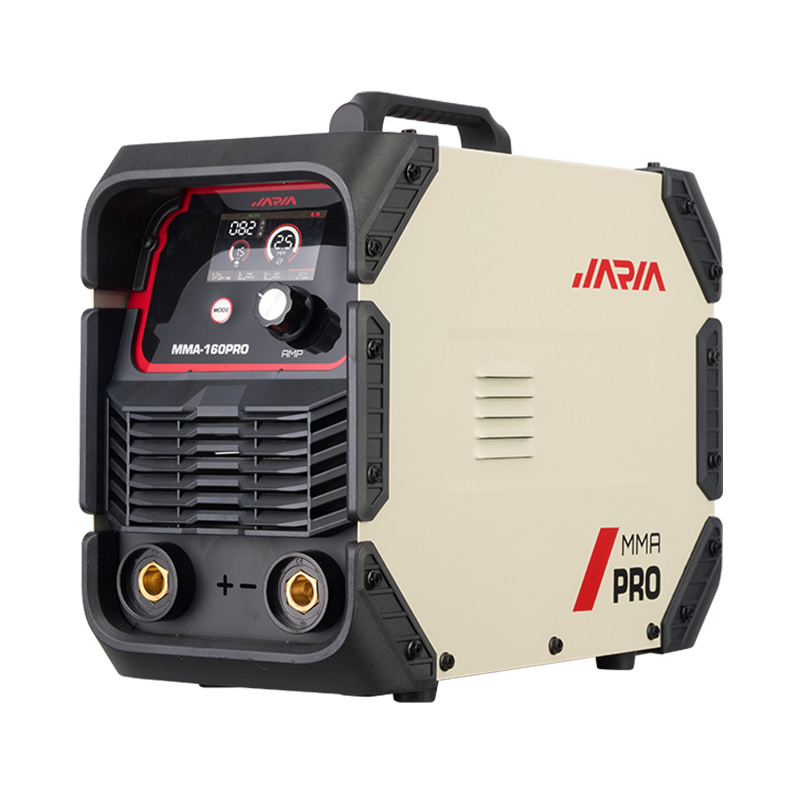Custom 7 in 1 plasma cutter welder Factory
In the ever-evolving world of metal fabrication, the plasma cutter welder has emerged as a critical tool for precision cutting and welding. As industries strive for more sustainable and cost-effective operations, the focus on energy efficiency has become paramount. This article explores the advancements in plasma cutter welder technology that are driving down energy consumption while simultaneously increasing work efficiency.
The plasma cutter welder, a versatile piece of equipment used across various sectors including automotive, aerospace, and construction, has seen significant improvements in recent years. Manufacturers are constantly innovating to create machines that not only meet the demands of high-precision work but also align with the growing need for energy conservation.
One of the key areas of development has been in the power supply systems of plasma cutter welders. Modern designs incorporate energy-saving features that regulate the flow of electricity to the cutting torch, ensuring that only the necessary amount of power is used for the task at hand. This not only reduces the overall energy consumption but also extends the lifespan of the machine's components.
Another significant improvement in plasma cutter welders is the optimization of the gas flow systems. Traditional models often used a high volume of gas to create the plasma arc, which was not only costly but also less environmentally friendly. Newer models have refined this process, using a more efficient gas management system that reduces gas wastage and lowers operational costs.
The control systems of plasma cutter welders have also undergone a transformation. Advanced software and user-friendly interfaces allow operators to fine-tune the machine's settings to match the specific requirements of each job. This precision not only leads to better quality cuts and welds but also ensures that the machine operates at its more efficient level, further reducing energy usage.
In addition to these technological advancements, the physical design of plasma cutter welders has been refined to enhance energy efficiency. Lightweight materials and streamlined shapes reduce the overall weight of the machine, making it easier to maneuver and less taxing on the power supply. This design philosophy also contributes to the machine's durability, as less strain is placed on the components during operation.
The integration of IoT (Internet of Things) technology into plasma cutter welders is another area where energy efficiency has been improved. These smart devices can monitor their own performance, alerting operators to potential issues before they become critical. This proactive approach to maintenance not only prevents unnecessary energy waste but also minimizes downtime, ensuring that the plasma cutter welder remains productive.
As the push for greener manufacturing processes continues, the role of the plasma cutter welder in achieving these goals cannot be understated. The machines' ability to operate with lower energy consumption and higher efficiency is a testament to the industry's commitment to sustainable practices.
In conclusion, the plasma cutter welder has come a long way in terms of energy efficiency and work performance. From improved power supply systems to optimized gas flow and advanced control systems, these machines are the charge in sustainable metal fabrication. As technology continues to advance, it is expected that plasma cutter welders will become even more efficient, further solidifying their place as indispensable tools in the modern workshop.
The future of the plasma cutter welder industry looks bright, with ongoing research and development promising even greater energy savings and enhanced work performance. As manufacturers and operators alike recognize the benefits of these advancements, the adoption of energy-efficient plasma cutter welders is set to increase, driving the industry toward a more sustainable and cost-effective future.

 英语
英语 西班牙语
西班牙语 阿拉伯语
阿拉伯语
